Palm sugar is a natural sweetener, extracted from the flowers of sugar palm. This product is well known to citizens of Cambodia, Indonesia, Sri Lanka, Malaysia and Vietnam.
Before we get into details about it, let's first find out a bit more about the tree thanks to which today we can obtain this interesting sugar substitute. Sugar palm includes palm trees commonly found in Africa, Asia and New Guinea. They thrive in Cambodia, Vietnam, Nepal, Indonesia, China and other countries with similar climatic conditions.
Sugar palm trees can grow up to 98 ft (30 m) tall and live an entire century. The tree trunk is strong at the base, slightly narrowing toward the top, brownish to gray. The leaves are colored green (eventually brown as well), feathery, radially facing outward. During the first years, the young trees do not grow especially fast but later manage to make up for it. They bloom small flowers, which are later used to make palm sugar.
Palm sugar itself is a highly prized sweetener, distinguished by a crystalline or grainy structure. It's colored caramel to brown. It possesses a sweet taste, comparable to that of plain sugar. Palm sugar dissolves well in drinks and melts easily when heated. This makes it a superb and wholesome substitute for all other sweeteners.
Composition of Palm Sugar
Palm sugar is often mistaken for coconut sugar since both products are made similarly. However, the flowers of 2 different plants are used to make these 2 sweeteners. This, in turn, means there is a difference in the composition of the 2 types of sugar.
Studies show that palm sugar contains carbohydrates, iron, potassium, sodium, magnesium, calcium, zinc. Palm sugar is also source of vitamin B1, vitamin B2, vitamin B3 and vitamin B6.
Production of Palm Sugar
As already stated, palm sugar is obtained from the flowers of sugar palm and more precisely, from their nectar. To do this, they are processed carefully and the released liquid is collected in special containers.
It is heated and boiled until it thickens and begins to look like a syrup. Next it is left for awhile until it crystallizes into various sizes. Thus obtained crystals can be of different shapes and usually have a golden or light brown color.
The juice of sugar palm flowers can also be dried in the sun. This method is even better because it allows for an even greater amount of the vitamins and minerals contained in the palm material to be retained.
And even though obtaining palm sugar does not look particularly difficult at first glance, the truth is that this process requires a lot of attention, physical effort, time and patience. This affects the price of the product and it turns out relatively more expensive than plain white sugar.
On the other hand, the production technique of palm sugar does not include refining and bleaching - the reason why it surpasses a great majority of the other sweeteners, including stevia, when offered in powdered form.
Benefits of Palm Sugar

The benefits of palm sugar are not be underestimated. One of its greatest plus sides is that it has a low glycemic index. This means that it is absorbed more slowly by the body and thus the glucose level in the blood increases gradually, not abruptly.
Its glycemic index is barely 35, as opposed to honey where the glycemic index comes out to nearly 60, while it's 105 in white sugar. This property of the product is extremely important for people suffering from diabetes, as well as those fighting obesity, since it is crucial for them not to allow a rapid rise in blood sugar after meals.
Since this product is unrefined, it manages to retain numerous vitamins and minerals. All of them are of key significance for the proper development of the body and for maintaining a strong immune system. These substances have a positive effect on the nervous system, heart, bones, teeth, muscles. Not only do they improve hair and skin condition, they provide care for locomotor system.
Currently, palm sugar is not known to have side effects such as the ones seen in artificial sweeteners like saccharin, acesulfame K, cyclamate, aspartame and others. Scientists have linked the intake of these substances with complaints such as headache, apathy, nervous breakdown, loss of appetite, nausea. There are also new claims that the regular use of these sugar substitutes leads to changes in taste sensations, as well as excess weight gain.
Of course, stores now offer natural sweeteners such as stevia and agave nectar, for example. But stevia is known for its specific aftertaste that does not appeal to everyone, plus it doesn't melt and it is harder to find use for it in cooking.
Agave nectar has also gained fame as a sweetener for its low glycemic index. But it is viewed with suspicion now after it was found that some manufacturers substitute it with corn syrup, where the content of fructose is high.
Cooking with Palm Sugar
Palm sugar is without a doubt an excellent sugar substitute. Its ability to melt easily, as well as its pleasant and sweet taste make it the ideal ingredient for all kinds of biscuits, muffins, cakes, waffles, creams, fruit yoghurts and all kinds of other desserts.
It can be used to sweeten warm beverages such as tea and coffee, various fruit juices, shakes, smoothies and others just as successfully.

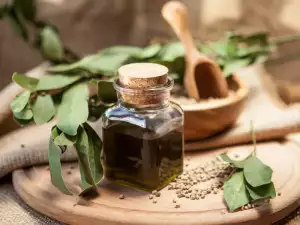
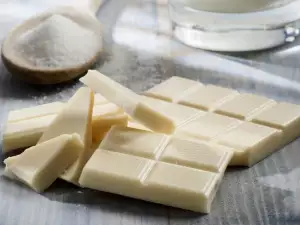

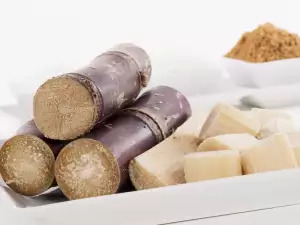

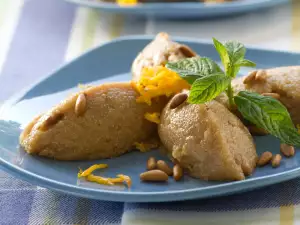





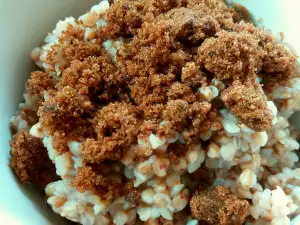
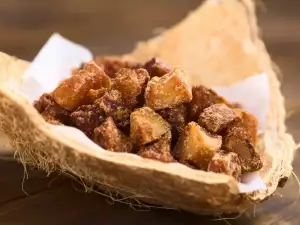
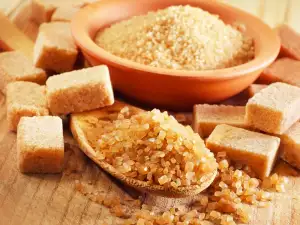




Comments